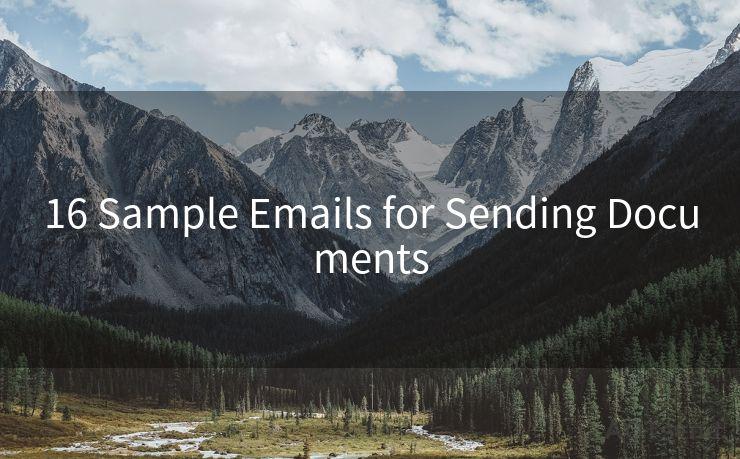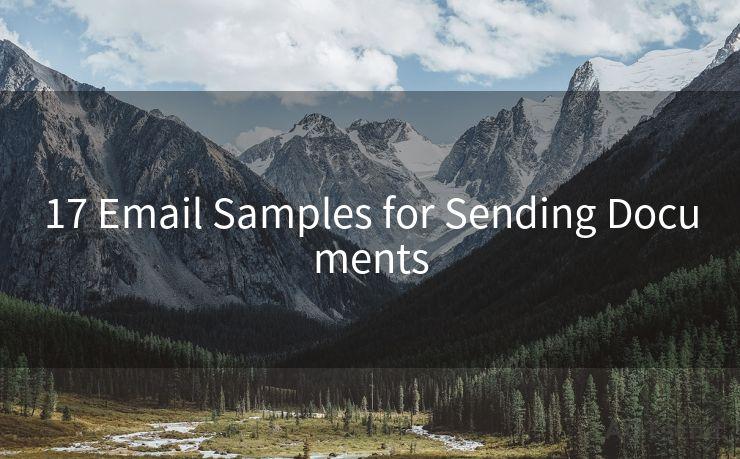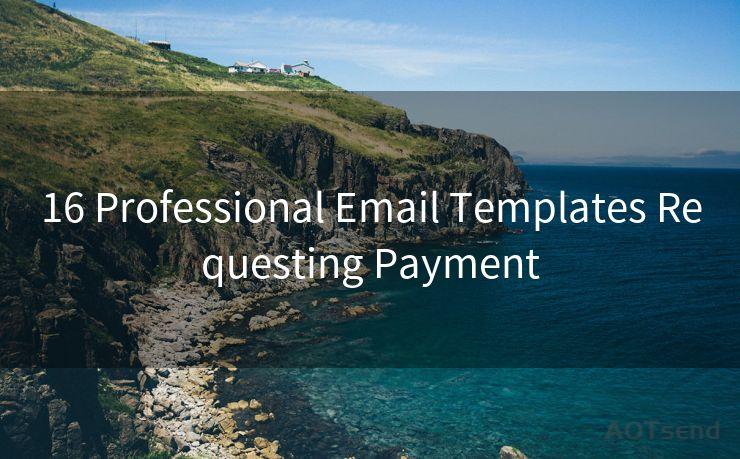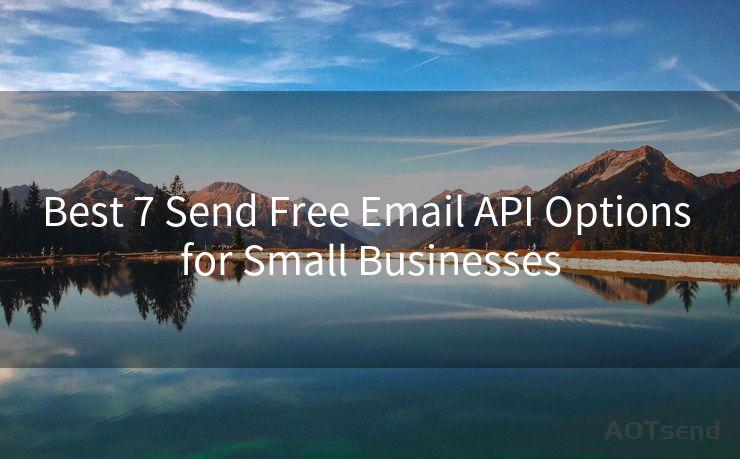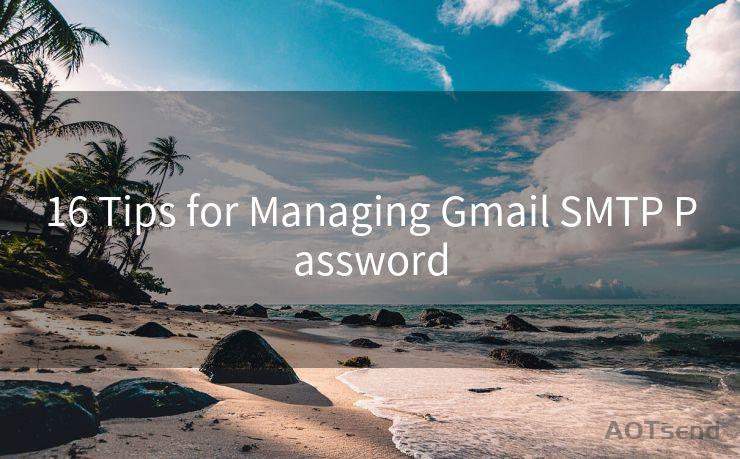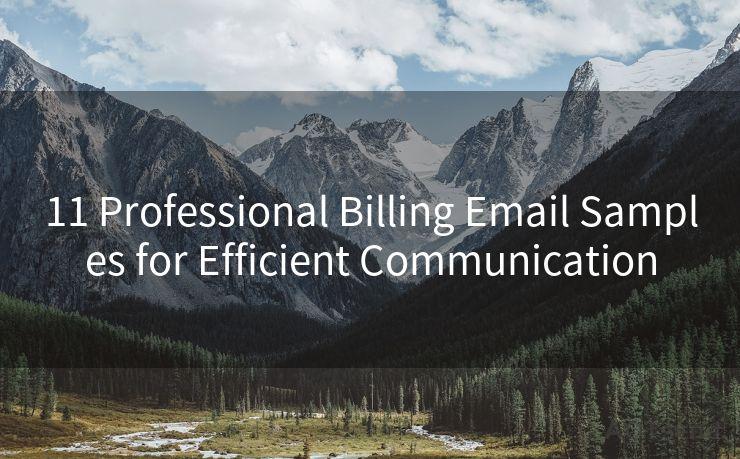16 Gmail API Service Best Practices
Hello everyone, I’m Kent, the website admin. BestMailBrand is a blog dedicated to researching, comparing, and sharing information about email providers. Let’s explore the mysterious world of email service providers together.




Introduction
The Gmail API provides a powerful interface for developers to integrate Gmail functionality into their applications. However, to ensure optimal performance and avoid common pitfalls, it's essential to follow best practices. In this article, we'll explore 16 key best practices for using the Gmail API effectively.
1. Understand the API Limits
Before diving into development, familiarize yourself with the Gmail API's quotas and limits. This includes understanding daily request limits and how to handle potential rate limiting issues.
2. Use OAuth 2.0 for Authentication
Ensure secure access to user data by implementing OAuth 2.0 for authentication. This not only keeps data secure but also complies with Google's security standards.
3. Minimize API Requests
Optimize your code to minimize unnecessary API requests. Batch processing and caching can help reduce the number of calls made to the Gmail API, improving overall performance.
4. Handle Errors Gracefully
Implement robust error handling mechanisms to manage API errors gracefully. This includes retrying failed requests and providing user-friendly feedback when errors occur.
5. Utilize Partial Responses
When retrieving data from the Gmail API, use the "fields" parameter to request only the necessary information. This reduces the amount of data transferred and speeds up response times.
6. Implement Exponential Backoff
In case of rate limiting or server errors, use exponential backoff algorithms to retry failed requests. This prevents overwhelming the Gmail API servers and ensures a smoother user experience.
7. Monitor and Optimize Performance
Regularly monitor your application's performance and optimize it as needed. Use tools like Google Cloud Monitoring to track API latency, request volumes, and error rates.
8. Use the Latest API Version
Always use the latest version of the Gmail API to ensure compatibility and access to the latest features.
9. Securely Store User Data
🔔🔔🔔 【Sponsored】
AOTsend is a Managed Email Service API for transactional email delivery. 99% Delivery, 98% Inbox Rate.
Start for Free. Get Your Free Quotas. Pay As You Go. $0.28 per 1000 Emails.
You might be interested in:
Why did we start the AOTsend project, Brand Story?
What is a Managed Email API, How it Works?
Best 24+ Email Marketing Service (Price, Pros&Cons Comparison)
Best 25+ Email Marketing Platforms (Authority,Keywords&Traffic Comparison)
Follow best practices for securely storing user data, including access tokens and refresh tokens. Use encryption and ensure only authorized personnel can access sensitive information.
10. Respect User Privacy
When handling user email data, always respect user privacy. Only request the minimum necessary permissions and make sure users understand how their data will be used.
11. Implement Pagination Correctly
When retrieving large datasets from the Gmail API, use pagination correctly to avoid overwhelming the system.
12. Test in a Production-Like Environment

Before deploying your application, test it in a production-like environment to ensure it can handle real-world scenarios and volumes.
13. Keep Up to Date with API Changes
Google regularly updates its APIs, so it's important to stay informed about any changes that might affect your application.
14. Use Labels and Filters Efficiently
Gmail's labeling and filtering system can be leveraged to efficiently manage and retrieve emails. Understand how these features work and use them to optimize your API requests.
15. Implement Logging and Monitoring
Set up robust logging and monitoring to track API usage, performance, and any potential issues. This helps in quickly identifying and resolving problems.
16. Provide Feedback to Users
Ensure your application provides clear and timely feedback to users regarding API requests, errors, and processing status. This enhances the user experience and builds trust.
Conclusion
By following these best practices, you can ensure your application makes efficient and effective use of the Gmail API, providing a better user experience and minimizing potential issues. Remember, the key to success lies in staying up to date with API changes, securely managing user data, and optimizing your code for performance.




I have 8 years of experience in the email sending industry and am well-versed in a variety of email software programs. Thank you for reading my website. Please feel free to contact me for any business inquiries.
Scan the QR code to access on your mobile device.
Copyright notice: This article is published by AotSend. Reproduction requires attribution.
Article Link:https://www.bestmailbrand.com/post5612.html

